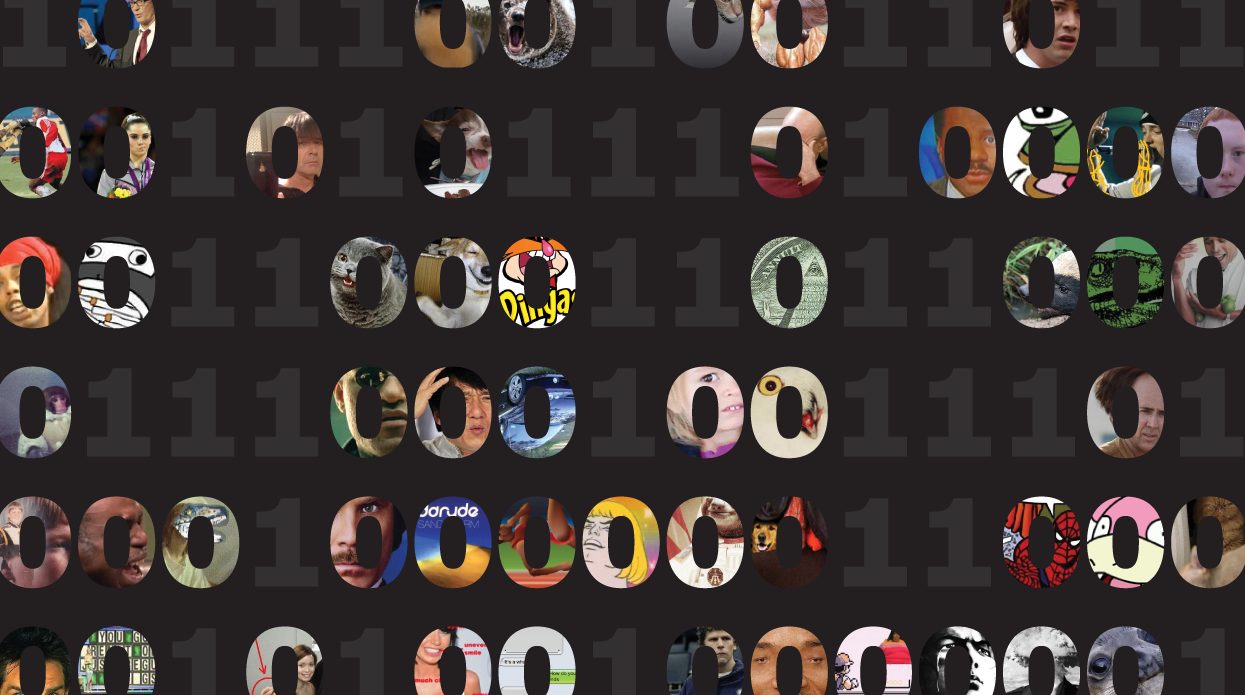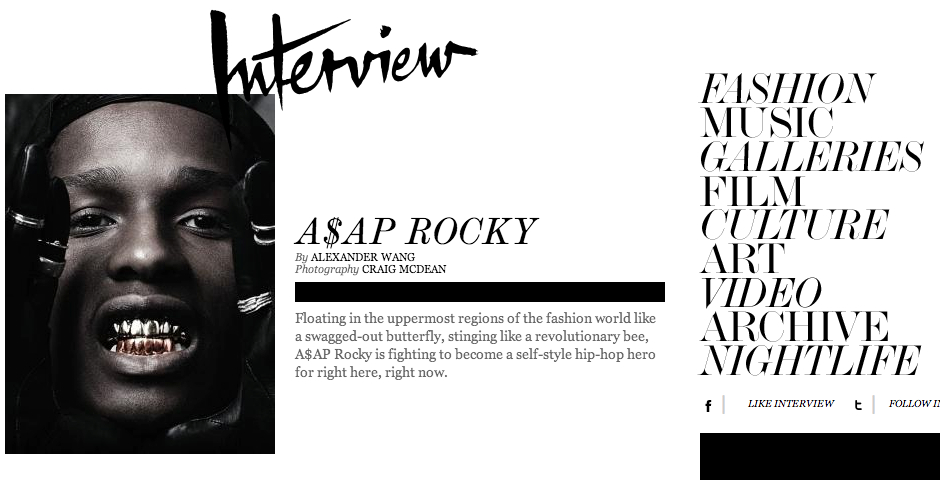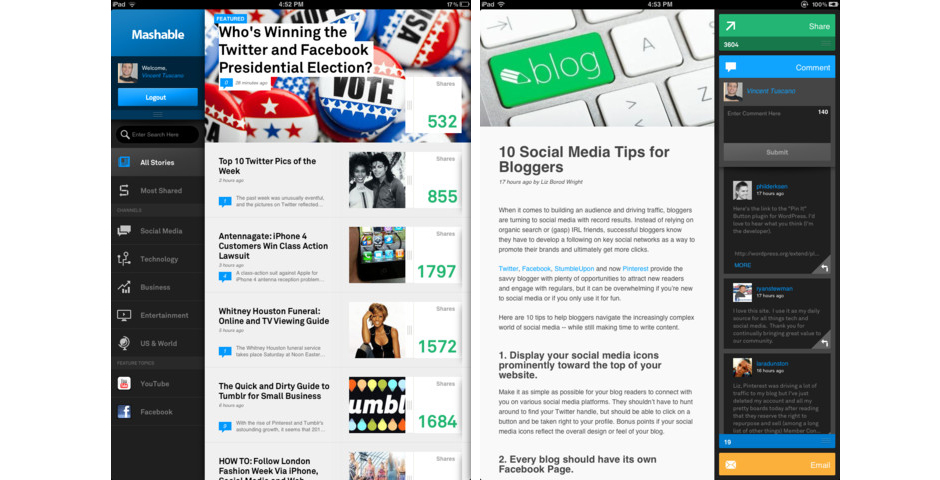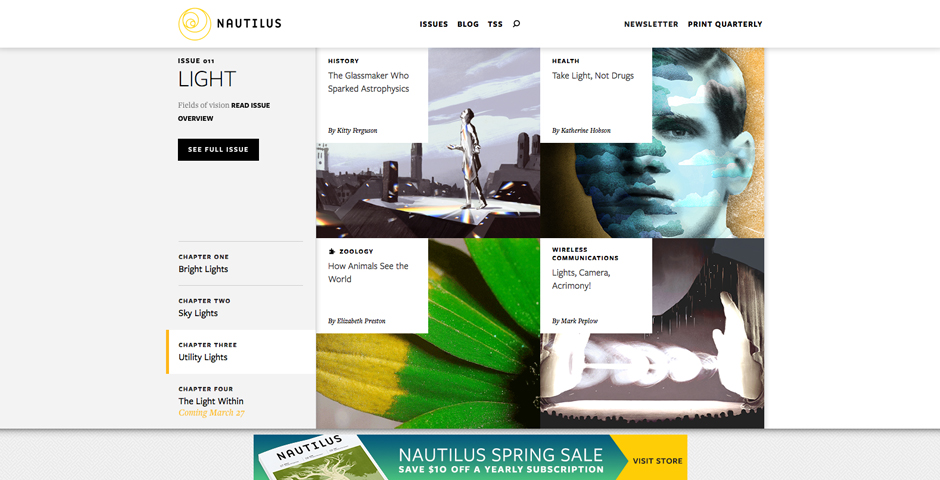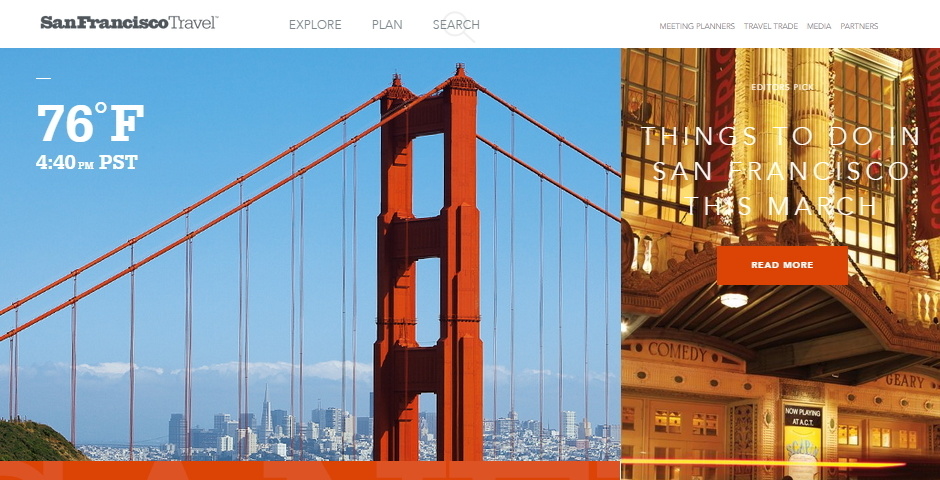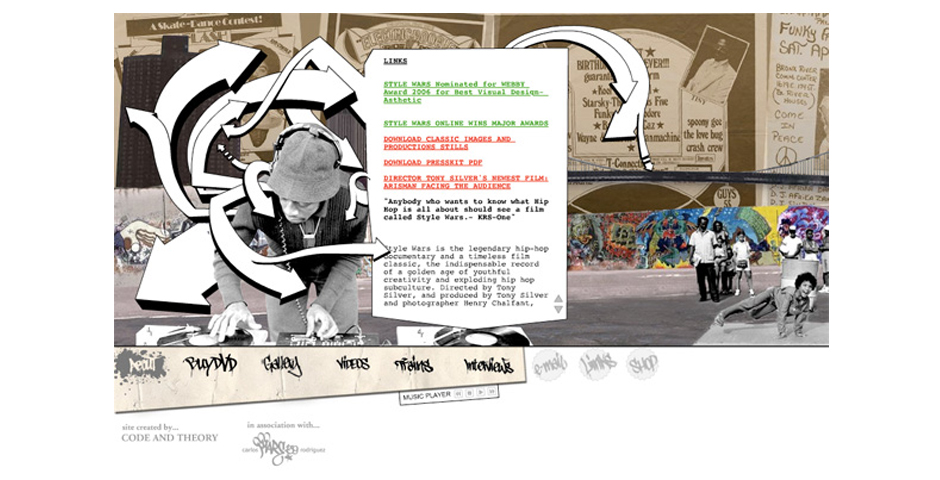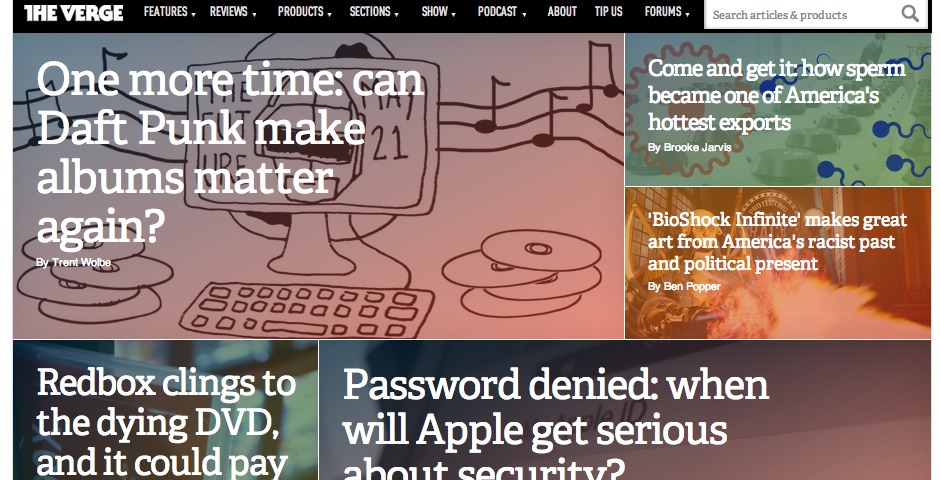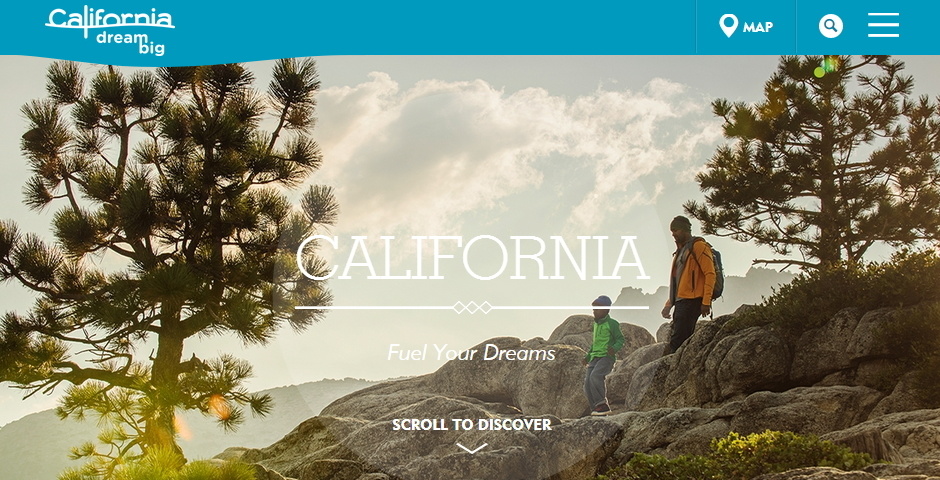Code and Theory has earned 14 nominations and 5 wins since 2006 for their digital design for companies like Visit California, The Verge, Interview Magazine, Nautilus and Vogue.com. Our very own website is a product of their technique of blending technology and ideas into brand design.
We caught up with Chris Delia, Code and Theory’s Product Division Creative Director, on how storytelling has become more sophisticated, microcosms and sub-communities of the Internet, and, of course, why the Internet can’t be stopped.
Tell us about your depiction of “The Internet Can’t Be Stopped”
The Internet is a foundational element of modern life. From socializing to working, to consuming culture, sports, and politics, to connecting with events both local and global, the Internet’s evolution is now inextricably wedded to human progress. When we sat down to consider what comprises and sustains the Internet at an “atomic” level, we arrived at an irreducible building block: binary code. By breaking it all down to binary, our poster seeks to evoke a sensation of awe that this profound driver of human existence is based in 1s and 0s. And if you look closely, you’ll see that many of the 0s and 1s on the poster contain legendary memes. Because while the Internet is a colossal canvas for research, collaboration, and innovation, let’s be honest, it’s also a place to watch dachshunds swimming in a pool.
Watch Vogue.com | Code and Theory's
5-Word Speech
What’s the best thing to happen to the Internet in the past 20 years?
I’ve always been attracted to the Internet as a living, breathing, borderless place where anyone around the world—and across the economic spectrum—can benefit from engagement. Over the past two decades, the removal of barriers to entry have allowed more and more people engage. Today, we’re armed with a huge range of devices that both reflect and influence the way we work, study, and communicate. How we treat illness, confront humanitarian challenges, engage in politics—the ways we solve real human problems have been revolutionized by the advent of mobile access, and made possible by improved bandwidth speeds. Global connectivity has come with huge implications for economic growth and development, and the accessibility of open source technology and code has helped developers and web architects build smarter, faster, and more responsive digital environments. Collectively, these leaps in innovation have fueled the Internet’s potential as a platform for direct empowerment, where access and information are ever more democratized.
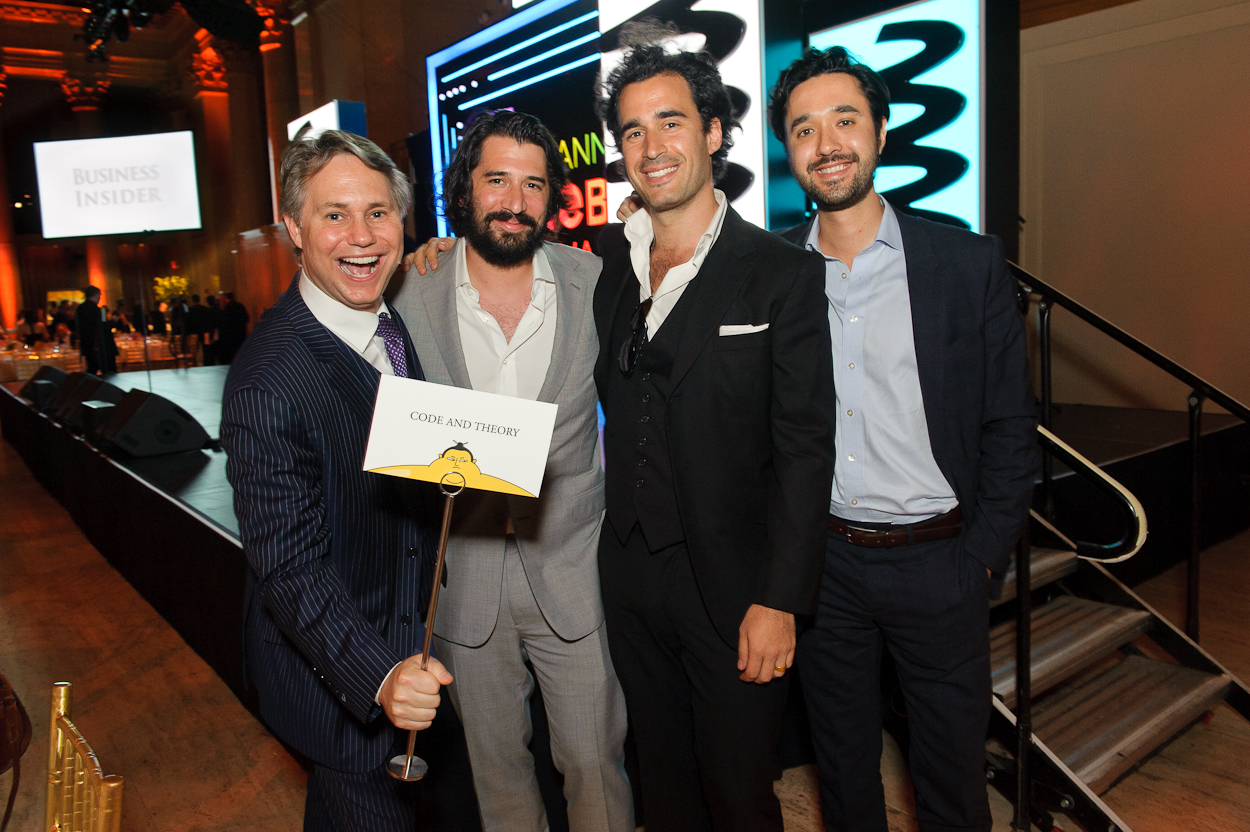
Jason Binn, Dan Gardner, Brandon Ralph, and Michael Martin at the 17th annual Webby Awards
What are you most excited for in the next 20 years of the Internet?
As we gain a deeper understanding of how humans interact with the digital world, we’ll see content and storytelling experiences become more sophisticated and personalized. Technology has long promised to make our lives simpler, our societies more efficient, our work days more productive. The more we’re able to ask the right questions of data, and continuously bridge insights to design and development, the more we’ll be able to create systems that respond to individual habits, desires, and preferences. For example, we’re already seeing artificial intelligence inject deeper personalization online. Our recent redesign of The Huffington Post, for example, uses IBM’s powerful AI engine, Watson, to curate content for the reader in real time. Personalization will save us time and effort so we can pursue the things we love, on and offline.
“ You really should visit California.”
Your team has helped shape the last 20 years of the Webbys. What are you working on now?
We’ve always been fascinated by how content behaves in digital, and how individuals and communities relate to content online. That fascination stems from our work transforming publishers like the LA Times, Bloomberg, and Vogue through digital. From helping Burger King fire up powerful niche social communities on social, to distilling complex information into potent, usable resources to promote youth smoking cessation for the Truth Initiative’s recent redesign, our curiosity in the field of content fuels everything we do. Our understanding of content is really what allows us to clarify the world’s complexities through digital. Often, it means helping companies organize themselves to be more responsive to culture and the speed of today’s progress—much like a news publisher has to reflect the world into consistent, digestible outputs for news consumers. This idea of “responsive business” spans how we help clients source, distribute, and sustain content from all parts of their organization, how we help evolve their products and messaging to reflect user needs and preferences, and how we advise businesses to use technology and digital to monitor and respond to shifting user needs. For example, on the New York State Senate’s new site, NYSenate.gov, we’ve empowered New Yorkers with a platform for more direct interaction with elected officials. That, in turn, empowers lawmakers with easy access to the voices within their constituency. Together, this makes for a more responsive government, and, we believe, a more fulfilled citizenry.
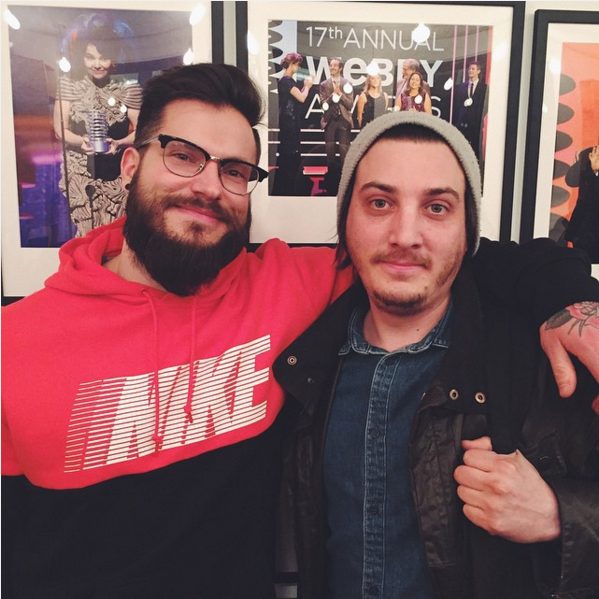
Code and Theory believes that brand design is fundamentally about storytelling. How do you see the process of storytelling evolving as the Internet continues to develop?
It’s important to first put the word design in context. Design refers to the curation of a system of interactions and touch-points. Stories live across this system in different ways. The Internet will continue to fragment into smaller and smaller microcosms and sub-communities as user experiences become more personalized. Today at Code and Theory, we’re focusing on ways to better inhabit those “nooks and crannies” by atomizing the stories that brands tell. For example, we’ll create a long-form piece of linear content, and go into the shoot knowing all the pieces that we’ll ultimately wind up distributing from that point of departure. Primary content is chapterized for each relevant channel—Instagram, Snapchat, Pinterest, Facebook, Twitter, and campaign or micro sites.
The explosion of mobile video has also been integral in informing our content philosophy. As mobile video grows, so does the demand for the “snackable” content that atomization produces. But atomization transcends the bespoke fragmentation of content to channels and audiences. It really involves considering how each content consumption scenario leads into the next step of the journey. In that way, we’re diligent about helping brands harness the power of social to move the needle in a very real way.
Tell Us in 5 words why the Internet can’t be stopped.
It’s way bigger than us.
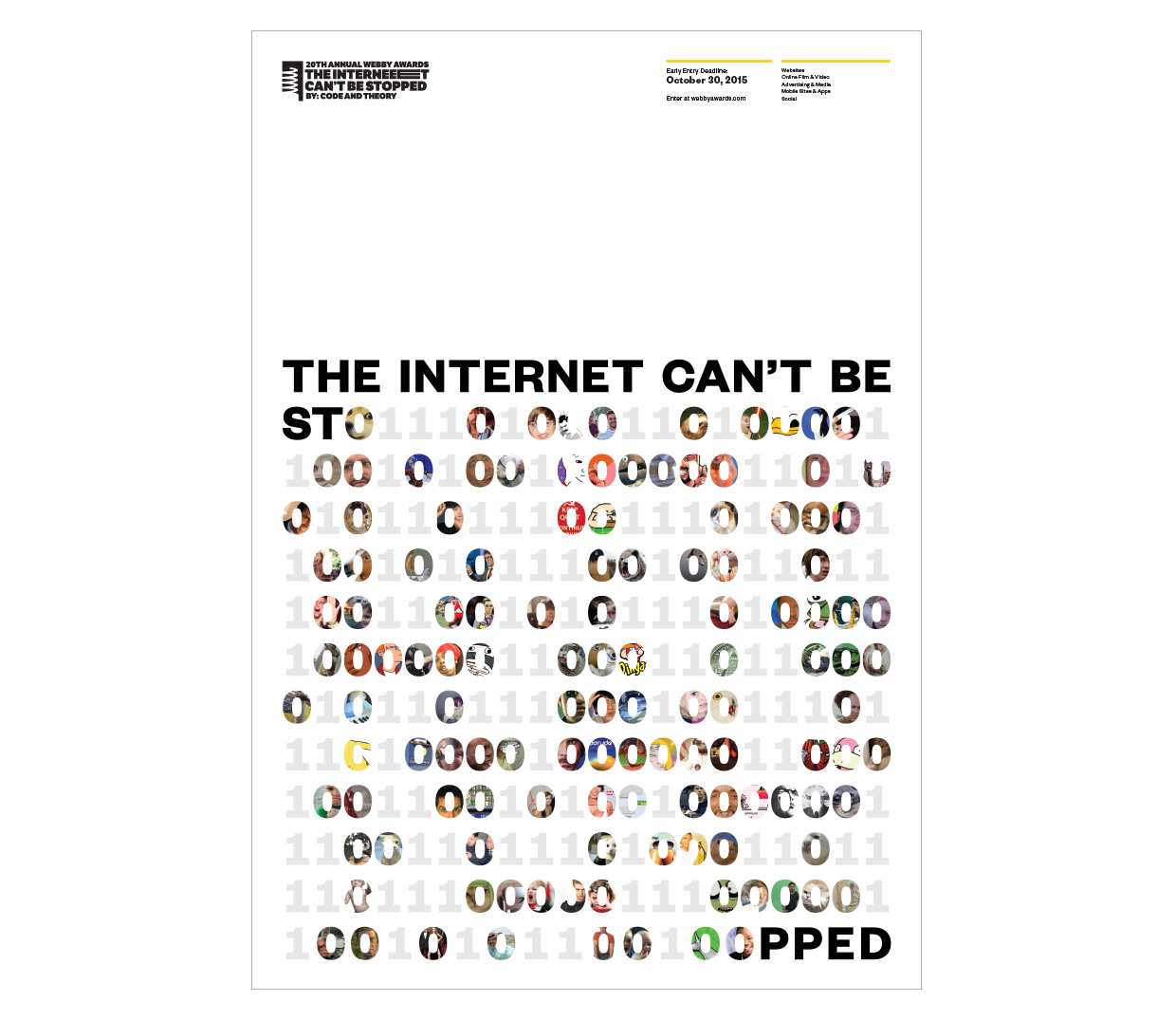
This design was chosen to be featured on Code and Theory's 20th Annual Webby Awards Call for Entries Poster.
For the Call for Entries for our 20th Webby Awards, we have partnered with 20 Webby Winners – who throughout the past 20 years have shaped not only The Webby Awards, but the Internet itself. Read more about our 20th Webbys collaboration here.
Don’t forget you can watch all the highlights from the 20th Annual Webby Awards now!

